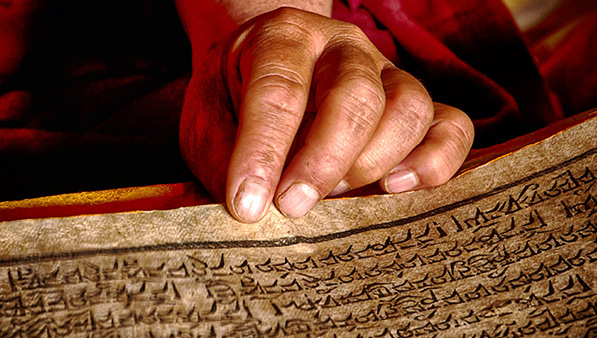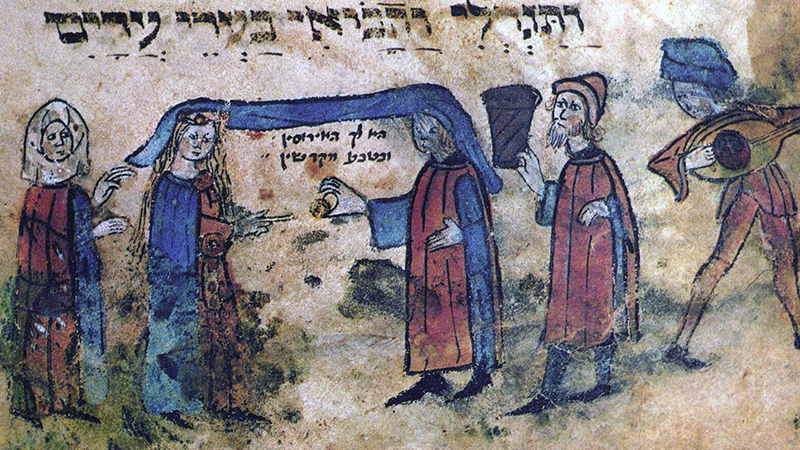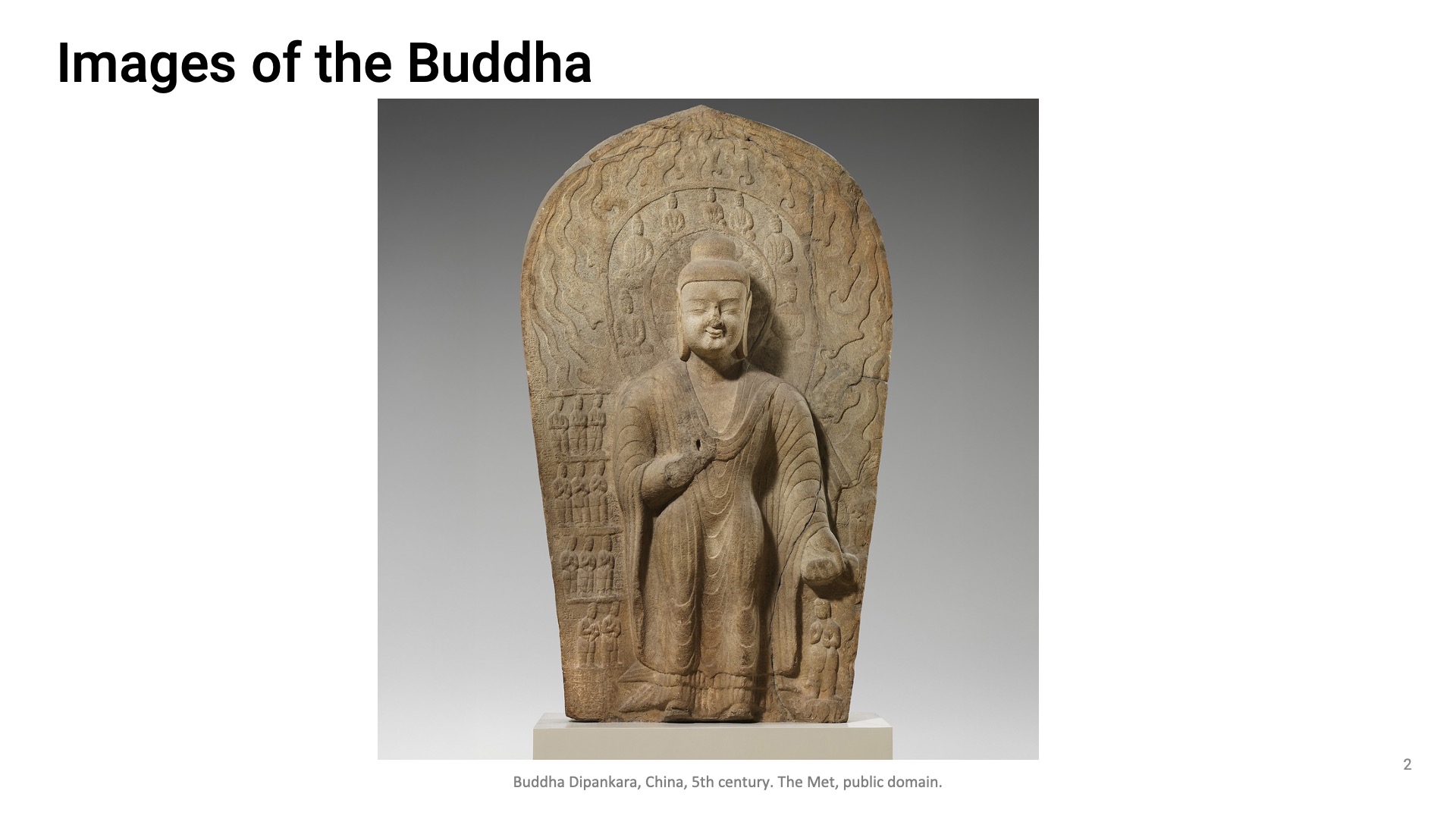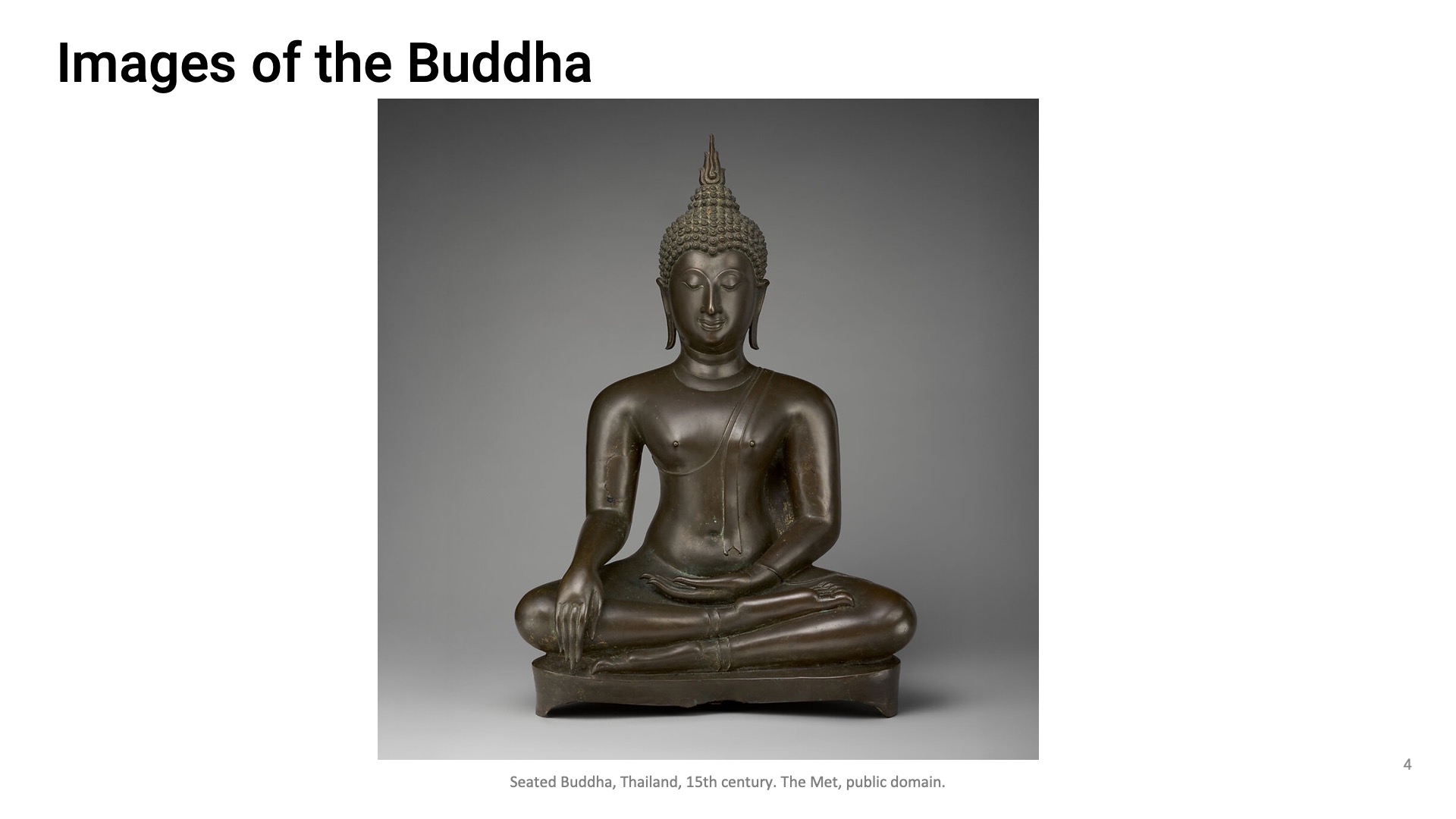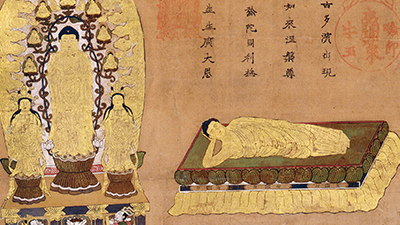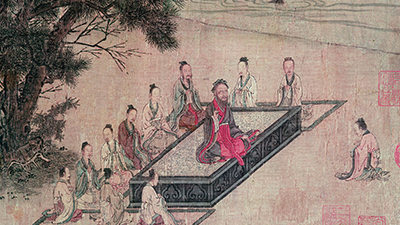Development of Portable Belief Systems
Teacher Resources
Driving Question: How did belief systems transform as they spread along networks?
Trade networks continued to expand as portable belief systems developed and spread. Beliefs and ideas spread along long-distance trade routes, thanks to merchants, armies, and religious missionaries. As beliefs spread, some religions blended with local cultures and took on new traditions.
Learning Objectives
- Understand and evaluate belief systems and how some of these systems transformed into world religions.
- Investigate how and why belief systems spread.
- Assess how belief systems changed as they moved into new regions.
Opener: Development of Portable Belief Systems
To teach this lesson step, refer to page 2 of the Lesson 0.2 Teaching Guide.
Ancient empires built monumental symbols of the religions they embraced. In this quick activity, you’ll match the symbols to the societies that built them as you consider the connections that link religion and empire.
Empires and Beliefs
To teach this lesson step, refer to page 3 of the Lesson 0.2 Teaching Guide.
Throughout this unit, you’ll see how belief systems emerged and how rulers used these beliefs to maintain power over their subjects. This video and activity will help you find the connections linking the two.
-
Guiding Questions
-
Before you watch
Preview the questions below, and then review the transcript.
While you watch
Look for answers to these questions:
- How does Duke Xiang of Lu’s capping ceremony connect to belief, empire, and life today?
- How did belief systems start to change about 3,000 years ago?
- What elements of Confucianism made it popular in China and where did this belief system spread?
- How did empires use belief systems?
- How were Han Dynasty China and the Roman Empire similar?
After you watch
Respond to this question: Can you think of any modern examples of how governments or rulers have used belief systems to maintain order or promote harmony?
Key Ideas
Belief Systems Around the World
To teach this lesson step, refer to page 4 of the Lesson 0.2 Teaching Guide.
By comparing the history and teachings of several belief systems, we can learn a lot about how people thought—and think. Use these articles to begin your exploration of world religions.
-
Guiding Questions
-
Before you read
Preview the questions below, and then skim the article. Be sure to look at the section headings and any images.
While you read
Look for answers to these questions:
- What is a belief system? How is it distinct from religion?
- How did the development of the state, hierarchies, and specialization contribute to the development of religions?
- What does it mean to say that a religion is portable?
- What does it mean to say that a religion is universal?
- How did systems of belief change people’s behaviors?
After you read
Respond to this question: Do you think it’s more useful to think about belief systems through the themes of cultural developments and interactions or social interactions and organization?
-
Guiding Questions
-
Before you read
Preview the questions below, and then skim the article. Be sure to look at the section headings and any images.
While you read
Look for answers to these questions:
- What is the Jewish diaspora, and how did it influence Judaism in the period from 1200 to 1450?
- What effect did the development of Hinduism have on societies in South Asia?
- What allowed for the rapid spread of Buddhism? Where did it spread?
- How did interaction with the Roman Empire change the development of early Christianity?
- What are the Five Pillars of Islam?
After you read
Respond to this question: What does this article suggest about the ways that communities change over time?
Expansion and Adaptation
To teach this lesson step, refer to page 6 of the Lesson 0.2 Teaching Guide.
As portable belief systems spread to new places, they changed the societies there. However, converts to the new religions also adapted the beliefs to suit their local conditions. See if you can spot the difference and then read more about syncretism.
Images of the Buddha
-
Guiding Questions
-
Before you read
Preview the questions below, and then skim the article. Be sure to look at the section headings and any images.
While you read
Look for answers to these questions:
- What are some ways in which Christianity changed as it spread to new societies, especially in Asia?
- What are some ways in which Buddhism changed as it spread?
- How did the adoption of Buddhism and Christianity by political powers help those religions spread?
After you read
Respond to this question: This article begins and ends with the example of a Nestorian Christian gravestone in Central Asia. Why do you think this gravestone had both a Western calendar year and a Chinese Zodiac year?
Closer: Development of Portable Belief Systems
To teach this lesson step, refer to page 7 of the Lesson 0.2 Teaching Guide.
Merchants helped spread religions to new places. Put yourself in the shoes of a merchant trying to explain your religion as you travel to new locations.
Confucianism in China
To teach this lesson step, refer to page 7 of the Lesson 0.2 Teaching Guide.
Explore the connection between Confucianism and the state in China.
-
Guiding Questions
-
Before you read
Preview the questions below, and then skim the article. Be sure to look at the section headings and any images.
While you read
Look for answers to these questions:
- What was the period in which Confucius developed his ethic and shared it with others like?
- How did Confucius argue that order could be restored?
- What were the principal ideas of Confucian social order?
- What does it mean that Confucianism was a political belief system?
After you read
Respond to this question: What does this reading suggest about the relationship between the belief systems and the government in China during this period?



